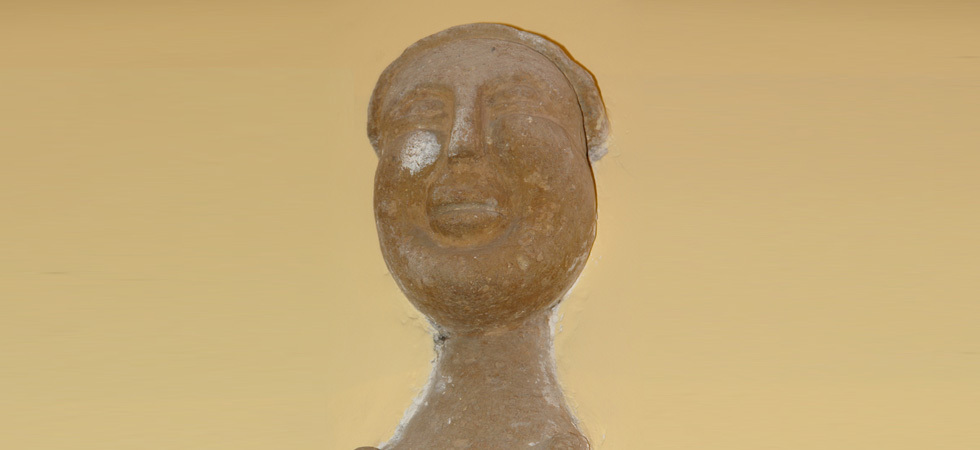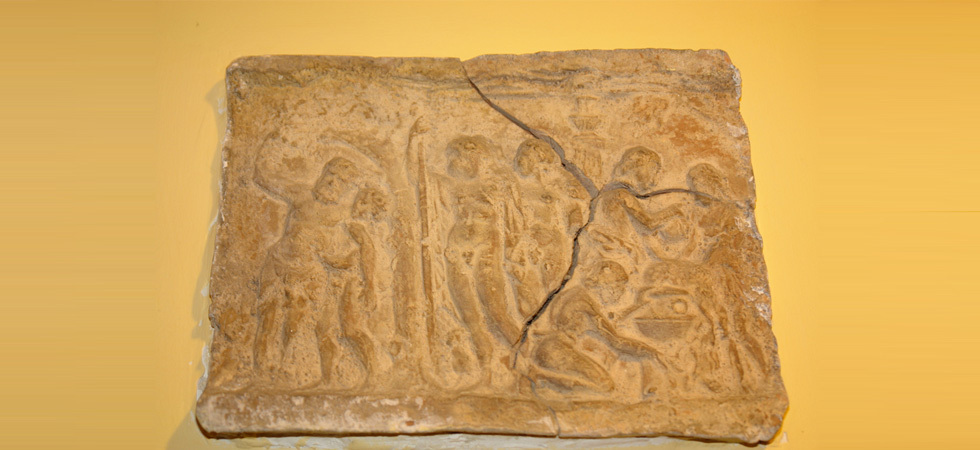The history of Hotel Navona: Rome Historic Centre
BATHS OF AGRIPPA
Hotel Navona Roma stands on the site of the ancient Baths of Agrippa,, an ancient Roman bath complex built by Marcus Vipsanius Agrippa and opened in 12 BC in what was Campus Martius, fed by the aqueduct Aqua Virgo.
The aqueduct began functioning in 19 BC, supplying that baths that were the first public bath complex in the city. The baths were restored many times over the centuries under different emperors including Titus, Domitian and Hadrian.
The building dated from the period of the Roman Republic, and measured around 100m in width and 120m in length, made up of various rooms built around a large circular hall 25m in diameter. One section of this, known as Arco della Ciambella (“doughnut arch”) can still be seen today and is around 10m high. The baths were said to have been adorned with several famous statues by Lysippus including an athlete washing himself and a reclining lion. On his death, Emperor Agrippa bequeathed the baths for the free use of the Roman people, who treated them as their own private baths. As with other Roman buildings and monuments, the dismantling to salvage building materials probably began as early as the 7th century.
Interesting fact: The ancient bronze statue of a pinecone, called Pignone, which stands today in the Vatican Museums and gives its name to the courtyard (Cortile della Pigna), was recovered from the Baths of Agrippa in the Middle Ages.
VIA DEI SEDIARI
Among the many interesting facts linked to the Eternal City, understanding the meanings behind Rome’s street names will certainly help you to “reconstruct” the historic facts and events. Most streets within the Aurelian Walls have strange names that can be divided into different categories. As well as names related to street furniture (such as Piazza Pasquino and Via del Babuino after the “talking statues” situated there) and those named after important monuments, we can group together streets that refer to names of animals and names of occupations.
For example, Via dell’Orso (bear), Via del Leone (lion) and Via della Volpe (fox) take their names from the depiction of these animals on the signs of the old osterias and inns.
Streets called Giubbonari, Sediari, Chiavari, Cappellari, Coronari, Leutari, Funari, Pettinari, Cimatori, Cartari, Baullari, Fornari, Cestari, Staderari, Pianellari and Acciaioli on the other hand, take their names from the craft workshops based there.
Interestingly, Via dei Sediari, where Hotel Navona Roma is situated, originates from the Sediari Pontefici who were the chair-bearers of the pope and lay members of the Anticamera Pontificia papal association.
This is the oldest association in the service of the pope with the task of holding up the gestatorial chair on which popes have been carried for stately liturgical celebrations.
Interesting fact: One well-known member of the Sediari Pontefici was Marchese Onofrio del Grillo, made famous by a film starring Alberto Sordi.
Hotel Navona Roma stands on the site of the ancient Baths of Agrippa,, an ancient Roman bath complex built by Marcus Vipsanius Agrippa and opened in 12 BC in what was Campus Martius, fed by the aqueduct Aqua Virgo.
The aqueduct began functioning in 19 BC, supplying that baths that were the first public bath complex in the city. The baths were restored many times over the centuries under different emperors including Titus, Domitian and Hadrian.
The building dated from the period of the Roman Republic, and measured around 100m in width and 120m in length, made up of various rooms built around a large circular hall 25m in diameter. One section of this, known as Arco della Ciambella (“doughnut arch”) can still be seen today and is around 10m high. The baths were said to have been adorned with several famous statues by Lysippus including an athlete washing himself and a reclining lion. On his death, Emperor Agrippa bequeathed the baths for the free use of the Roman people, who treated them as their own private baths. As with other Roman buildings and monuments, the dismantling to salvage building materials probably began as early as the 7th century.
Interesting fact: The ancient bronze statue of a pinecone, called Pignone, which stands today in the Vatican Museums and gives its name to the courtyard (Cortile della Pigna), was recovered from the Baths of Agrippa in the Middle Ages.
VIA DEI SEDIARI
Among the many interesting facts linked to the Eternal City, understanding the meanings behind Rome’s street names will certainly help you to “reconstruct” the historic facts and events. Most streets within the Aurelian Walls have strange names that can be divided into different categories. As well as names related to street furniture (such as Piazza Pasquino and Via del Babuino after the “talking statues” situated there) and those named after important monuments, we can group together streets that refer to names of animals and names of occupations.
For example, Via dell’Orso (bear), Via del Leone (lion) and Via della Volpe (fox) take their names from the depiction of these animals on the signs of the old osterias and inns.
Streets called Giubbonari, Sediari, Chiavari, Cappellari, Coronari, Leutari, Funari, Pettinari, Cimatori, Cartari, Baullari, Fornari, Cestari, Staderari, Pianellari and Acciaioli on the other hand, take their names from the craft workshops based there.
Interestingly, Via dei Sediari, where Hotel Navona Roma is situated, originates from the Sediari Pontefici who were the chair-bearers of the pope and lay members of the Anticamera Pontificia papal association.
This is the oldest association in the service of the pope with the task of holding up the gestatorial chair on which popes have been carried for stately liturgical celebrations.
Interesting fact: One well-known member of the Sediari Pontefici was Marchese Onofrio del Grillo, made famous by a film starring Alberto Sordi.


Encrypted connection: high efficiency (AES-256 256 bit)






